The Universal Laptop Program Helping One State Narrow the Digital Divide
Edsurge
OCTOBER 5, 2021
As a result many states have reintroduced virtual and hybrid learning options as new COVID-19 cases continue to soar. And one, Mississippi, has made important strides in closing the digital divide through a pandemic response plan that took each school district’s unique needs and challenges into account.

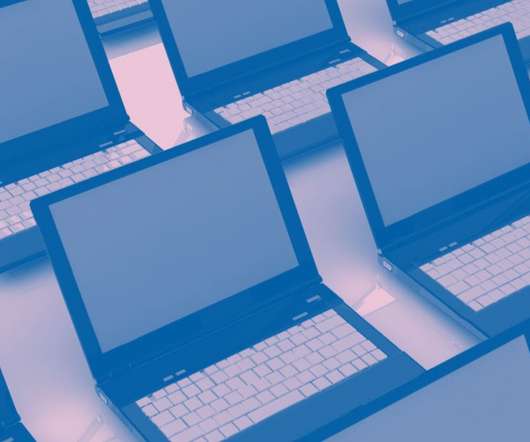

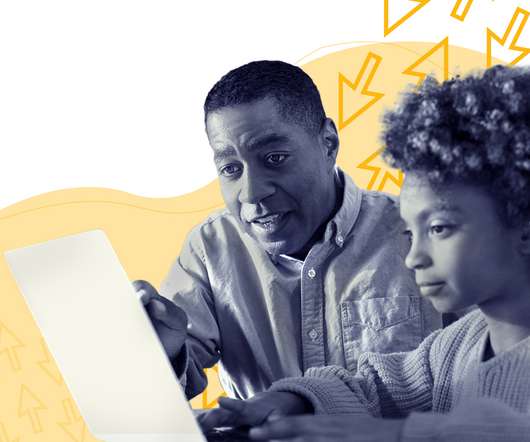














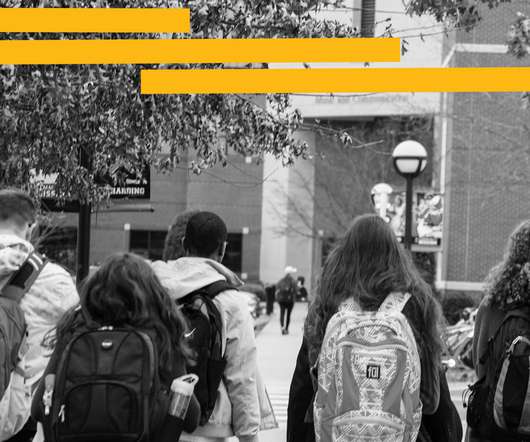

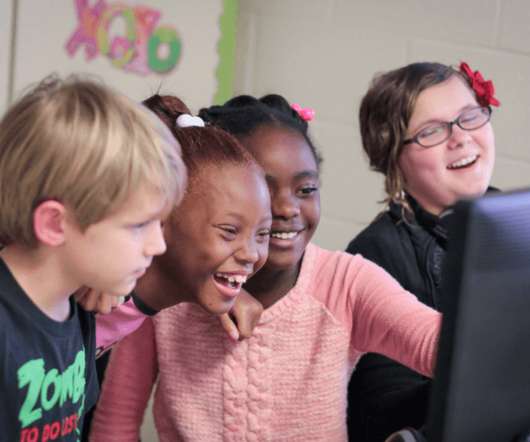
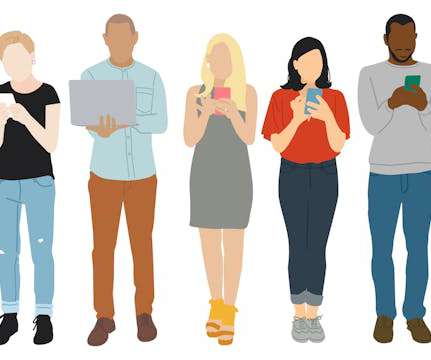

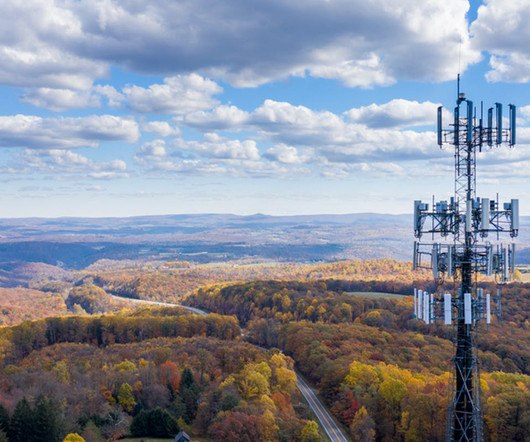












Let's personalize your content